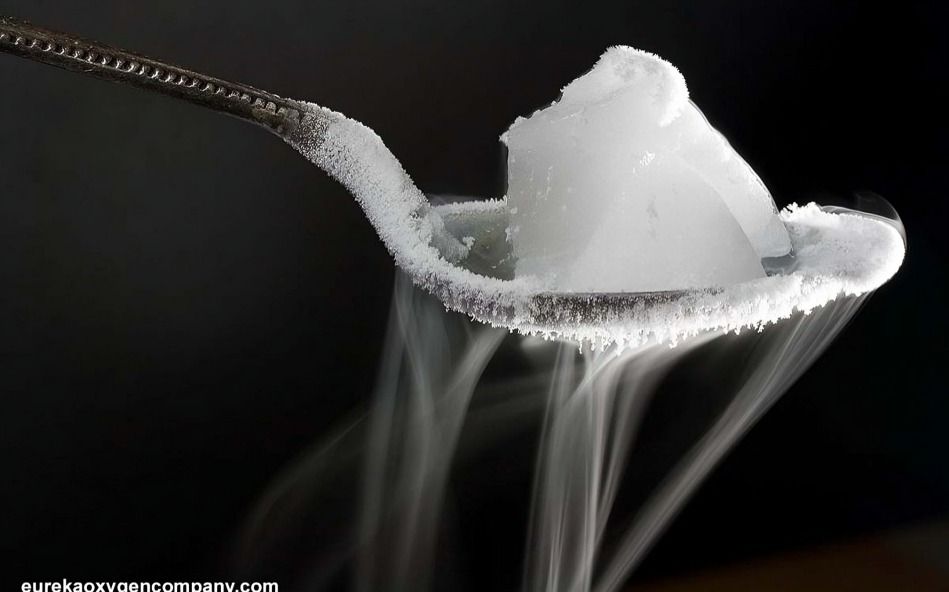
“
Condensation is a critical process in the water cycle where water vapor in the air transforms into liquid, forming clouds, dew, and even fog. This process is crucial in maintaining Earth's climate and providing fresh water. In this blog, we'll explore 20 splendid facts about condensation, focusing on how it works, its significance in nature, and its everyday impact on our lives. 1
1
1
”
When water vapor in the air cools down to its dew point, it condenses into tiny droplets, forming clouds. This process is crucial for precipitation, where these droplets eventually combine and fall as rain, replenishing the Earth's water supply.1
Condensation is the opposite of evaporation. While evaporation requires heat to change a liquid into a gas, condensation happens when a gas loses heat and transitions back into a liquid state, releasing latent heat in the process.2
The process of condensation occurs when a gas comes into contact with a cold surface. For example, a cold beverage can cause water vapor in the air to condense into liquid droplets on the outside of the can.3

In meteorology, condensation forms fog or mist when the air temperature drops below the dew point, causing water vapor to condense into fine droplets suspended in the air. This reduces visibility and creates a characteristic hazy effect.
The principle of condensation is utilized in air conditioners. As warm air is cooled over evaporator coils, the moisture it contains condenses into water, which is then collected and drained away, reducing humidity indoors.4
Condensation is a key process in the water cycle. As moist air rises and cools in the atmosphere, it condenses to form clouds. Eventually, these clouds release water as precipitation, which returns to the Earth's surface.5
Dew forms on cool mornings due to condensation. As the temperature drops overnight, the air’s ability to hold moisture decreases, and water vapor condenses on surfaces like grass, leaves, and cars, creating a layer of dew.6
In industrial processes, condensation is used to recover solvents from vapors. By cooling the vapor, it condenses back into a liquid, allowing the solvent to be reused or safely disposed of, which is both cost-effective and environmentally friendly.7
Condensation is essential for the function of distillation. In this process, a mixture is heated until its components vaporize, and then the vapor is condensed back into liquid form to separate and collect different substances based on their boiling points.8
The “rain shadow” effect is related to condensation. When moist air rises over mountains, it cools and condenses to form rain on one side of the mountain while the other side remains dry, creating a stark contrast in climate.9
In the human respiratory system, condensation occurs when exhaled warm air cools upon contact with cooler surfaces, such as the inside of a cold mirror. This visible vapor is essentially the same process as cloud formation.10
In the context of energy efficiency, condensation is harnessed in heat recovery systems. These systems capture the heat released during the condensation of water vapor to preheat incoming air or water, thereby reducing energy consumption.11

The condensation of carbon dioxide is a critical aspect of certain industrial processes, such as in the production of dry ice. Carbon dioxide gas is cooled and pressurized until it condenses into a solid form, which sublimates directly into gas.
Condensation in the atmosphere is responsible for creating various forms of precipitation, including rain, snow, and sleet. The type of precipitation depends on the temperature and atmospheric conditions at the time of condensation. 12
In cryogenics, condensation is used to separate and purify gases. By cooling gases to extremely low temperatures, they condense into liquids, which can be collected and further processed to isolate specific gases for various applications.13
The principle of condensation is applied in the design of heat exchangers. These devices facilitate the transfer of heat between fluids by condensing one fluid to release heat, which is then used to warm another fluid in the system.14
In the field of refrigeration, condensation is a key component of the refrigeration cycle. Refrigerants absorb heat from the environment and then condense, releasing the absorbed heat in a separate location to cool the area effectively.15
Condensation is used in alcohol distillation to concentrate alcoholic beverages. As the mixture is heated, alcohol vaporizes, and then the vapor is cooled and condensed back into liquid form, resulting in a higher concentration of alcohol. 16
In biological systems, condensation reactions are crucial for synthesizing complex molecules. For example, in protein synthesis, amino acids undergo condensation reactions to form peptide bonds, creating polypeptides and ultimately proteins. 17
The condensation of steam in a power plant’s condenser allows for the efficient recycling of water used in steam turbines. The steam, after driving the turbine, is cooled and condensed into water, which is then reused in the system. 18


